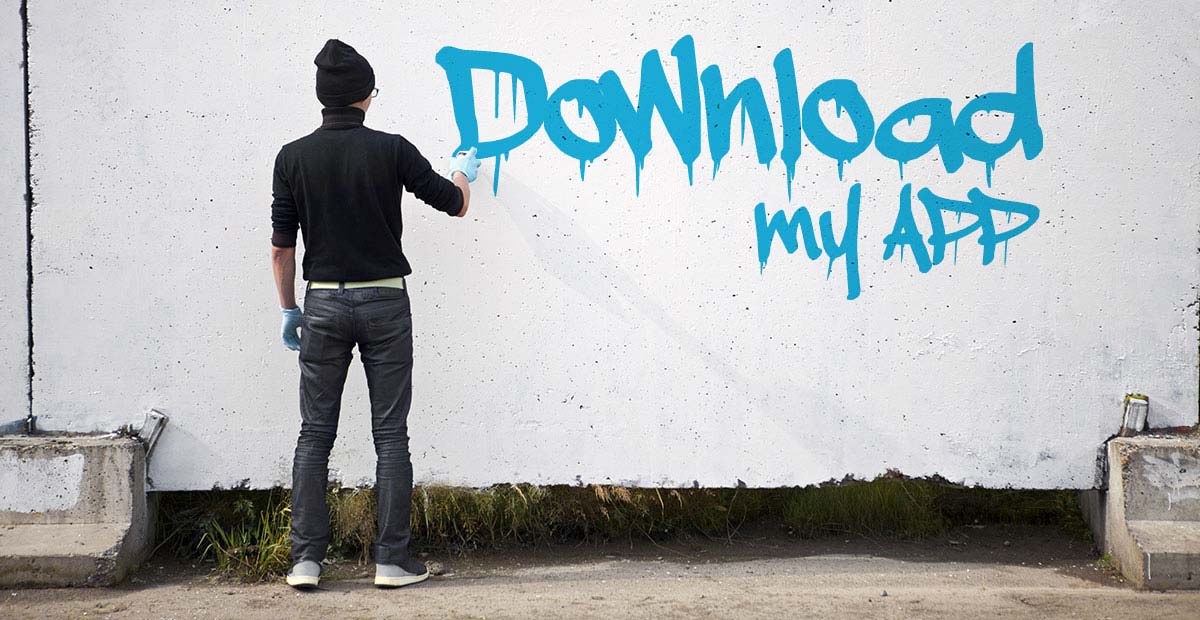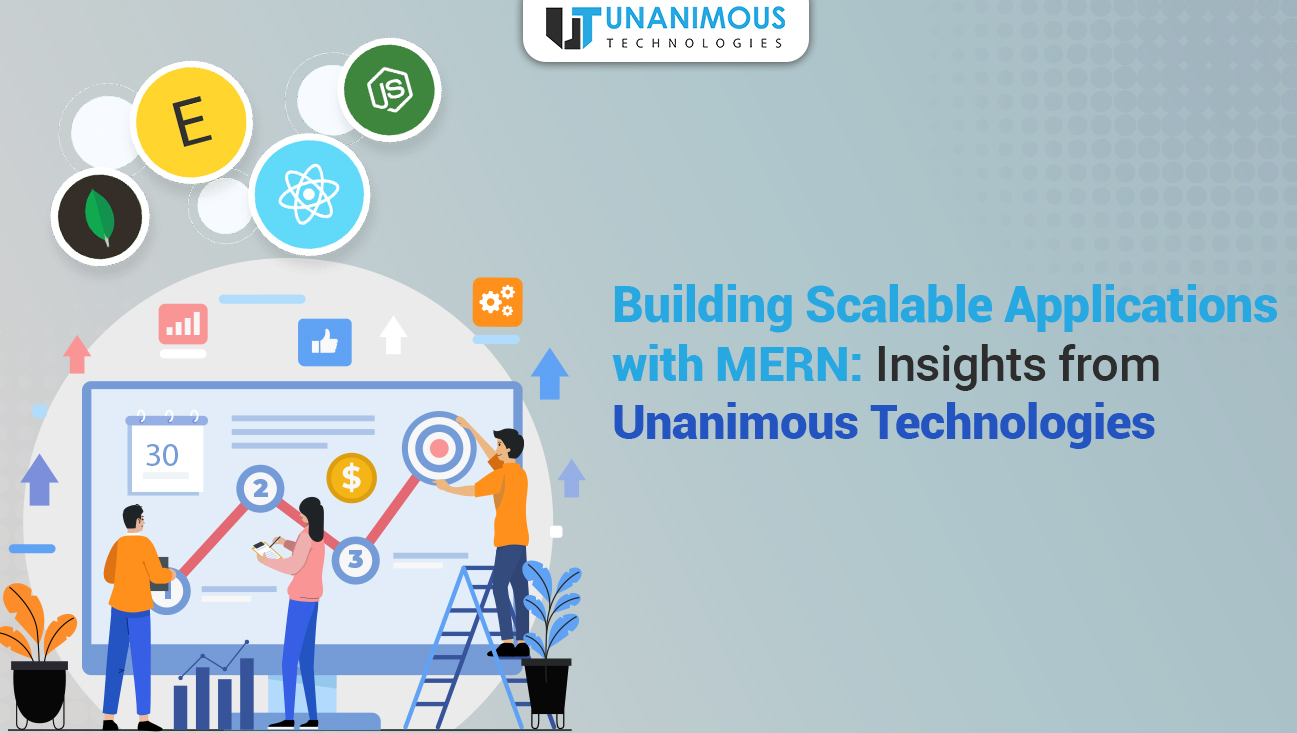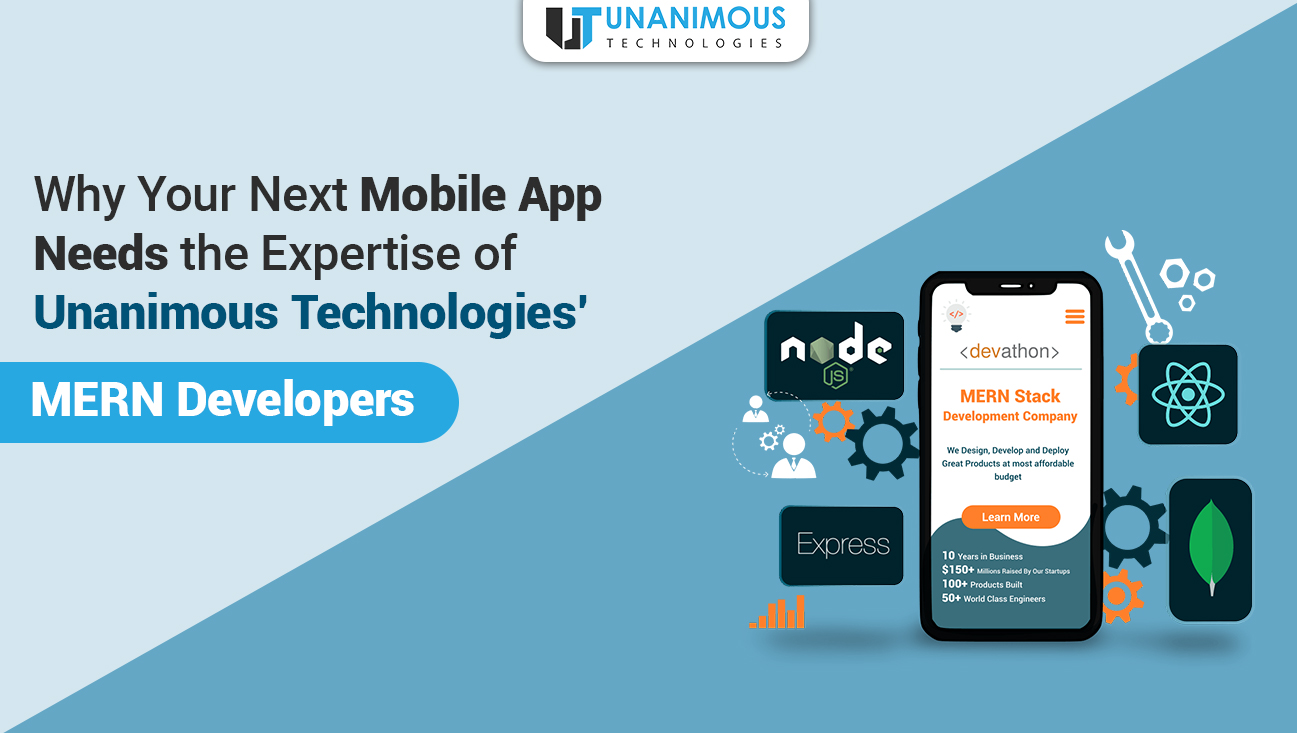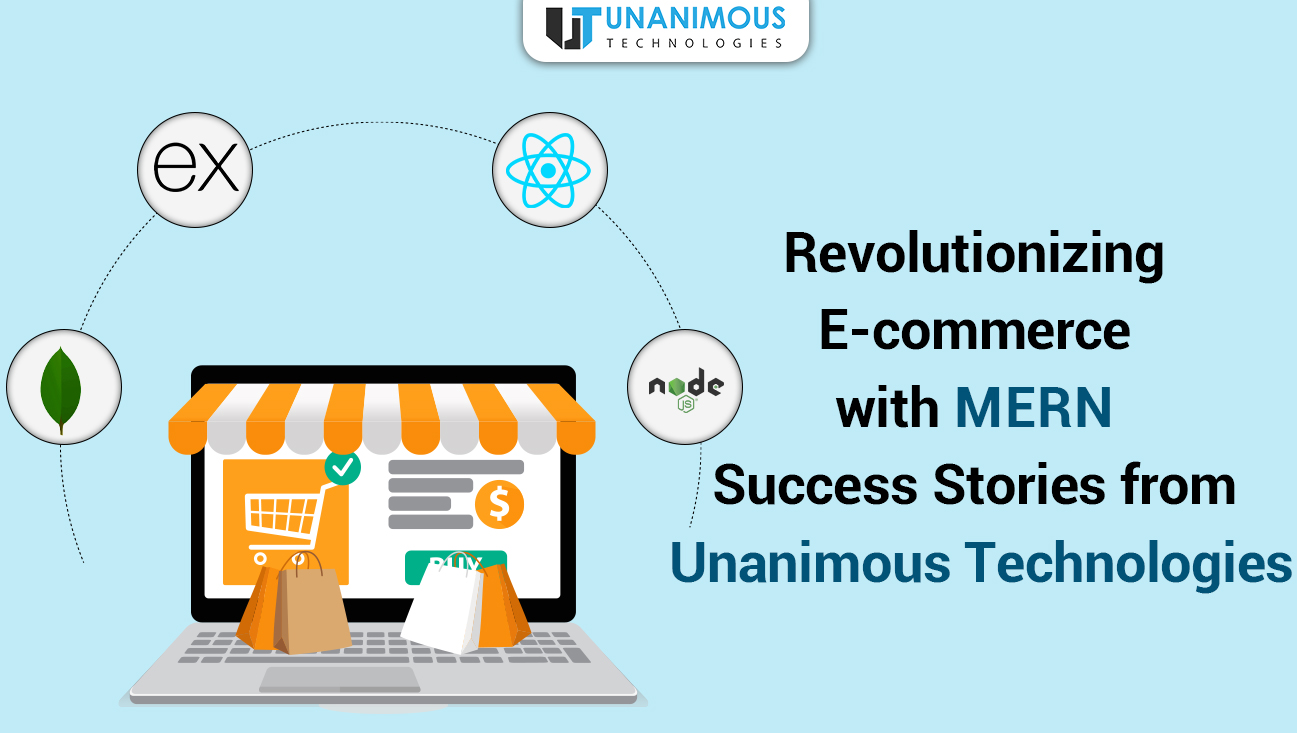If your app is any good your users will also recommend your app in their answers creating a word of mouth effect.
The mobile app business is booming and brutal at the same time.
According to the App Annie 2016 Retrospective on mobile apps, the number of worldwide downloads increased by 15% on a YoY basis from 2015 to 2016.

The total time spent on apps globally increased by 25% to 900 billion hours since last year.

Payouts to publishers also saw an increase of 40% to $35 billion.

But all that money isn’t equally divided among the more than 4 million apps on iOS and Google Play.
Like in the real world, the major share of the attention, download and revenue pie is grabbed by a tiny number of apps while the vast majority of apps wither on the vine.
According to one projection by Gartner only 0.01% of consumer mobile apps will be considered a financial success in 2018. This number has progressively gotten worse from 2014 when 1% of apps made money.
Building a decent app will cost you anywhere upwards of $100,000 and if you want to break even, let alone make a profit you will have to spend significant time and resources on promoting the app.
Previously we have written about how you can drive more app installs using Facebook ads and optimizing your App Store listing to get more downloads.
There are a number of ways in which you can promote your mobile app. This guiding light is all about how to promote your app using social platforms, and includes both free and paid tactics.
- Product Hunt and Betalist
Product Hunt and Betalist are two of the most popular crowd sourced tech discovery platforms. We have previously written about how you can use Product Hunt to optimize your App Store (check out # 21 in this article) but the strategy also holds true for Android apps as well.
While the raw traffic numbers on Product Hunt by itself are impressive, what makes the platform punch above its weight is a passionate community and a roster of influencers who can help you get way more value than raw increase in downloads.
If your app is not yet released you can check out Betalist which follows the same community model as Product Hunt.
 On Betalist, apart from building a pre launch list which guarantees an initial bump in downloads once your app is launched, you can also get access to beta testers who can help you iron out the bugs in your product.
On Betalist, apart from building a pre launch list which guarantees an initial bump in downloads once your app is launched, you can also get access to beta testers who can help you iron out the bugs in your product.
This article about how 50 founders launched their sites and apps on Betalist should give you some insight on how to leverage the platform.
- Facebook Groups and Messenger
We have already talked about using Facebook ads to drive app installs. However, you can also promote your app in thousands of Facebook groups either organically, or by running ads in groups
Even if you choose to go through the organic route, Facebook Groups right now is the best bet for rapidly building an audience. For more insights, there is a case study about a guy selling drone parts who hit 1000 orders in 6 months using only Facebook groups and a loyalty program.
It took him a mere two months to get his first 100 orders, selling drone parts online. Less than six months later, he had received his first 1000 orders. He was a part of several public groups. Instead of blatantly promoting his products or group, he offered advice and helped others in the group.He created a Facebook group as soon as he opened his online store to keep his customers engaged.
He performed a giveaway promotion in one of the other groups. But first, he asked the permission of the group moderator. Once he got their approval, he did a simple giveaway promotion. The giveaway promotion was very successful and lead to those members being curious and checking out this group.
After a period of time, customers began posting pictures of products they bought in the Facebook group. Soon they were also cross-posting these images to other related groups, giving him free publicity.
You can also use Facebook Messenger chatbots to run promotional offers related to your apps. With more than 1 billion users and an open platform which allows anyone to create AI powered chatbots neglecting Facebook Messenger can leave a large blind spot in your app promotion strategy.
- Slack groups.
Slack has been one of the fastest growing business apps of all times with daily active users in the range of 4 million. But what’s frankly eye popping is 320 mins, the average amount of time spent by users on weekdays.
While users use Slack to communicate with their colleagues in private teams there are thousands of public Slack groups, with the demographic skewing tech savvy.
 While you should ultimately focus on building your own community, you can get started by joining popular groups relevant to your target market and engaging with members. Many people love the relative privacy of Slack groups compared to public platforms like Twitter and you are likely to get more engagements and develop deep relationships if you play your cards well.
While you should ultimately focus on building your own community, you can get started by joining popular groups relevant to your target market and engaging with members. Many people love the relative privacy of Slack groups compared to public platforms like Twitter and you are likely to get more engagements and develop deep relationships if you play your cards well.

- Medium
While Medium’s primary feature is the ability to write beautifully formatted content it also allows you to follow individuals, companies, and media and build a network.
At 96.7 Million monthly visitors Medium is ranked # 414 globally and # 213 in the US.
 One of the highly effective ways of getting your message across on Medium is by building a Medium publication or by getting your content featured on one. Top publications on Medium have hundreds of thousands of followers and that sort of audience numbers can boost your app installs and generate chatter about your business.
One of the highly effective ways of getting your message across on Medium is by building a Medium publication or by getting your content featured on one. Top publications on Medium have hundreds of thousands of followers and that sort of audience numbers can boost your app installs and generate chatter about your business.
Apart from the SEO benefits, building an official blog on Medium, like Slack’s Several People Are Typing will improve the engagement of your app and aid in app discovery.
- Quora
Apart from extracting market intelligence and getting long tail access ideas, you can also use Quora to organically promote your app.
On Quora you can follow topics relevant to your app and keep an eye out on questions related to problems your app attempts to solve. Many topics have thousands of users and questions, and Quora makes it easy for you to follow related topics as well.
Once you are in, you can start answering questions, and plug your app whenever it’s relevant. Because Quora answers are also indexed by Google, writing a good answer will also rank higher in SERPs for targeted keywords, and will over time amass views and upvotes and keep driving app installs.
- Snapchat
Snapchat’s on-demand custom geo-filters are one of the best and cheapest ways of popularize your app if your audience is on the platform (70% millennials are on Snapchat,).
In the early days when the feature rolled out one sneaker app named Kickster amassed thousands of downloads in 24 hours on a spend of $17.54!!.
Kickster’s first celebrity themed on demand custom geofilter on Snapchat (Source)

While Snapchat’s on-demand custom geofilters are getting more costly they are still pretty cheap compared to other forms of advertising.You can also drive app installs using Snap Ads which play between Snapchat Stories.
Oh, and you always have the option of growing your own following on the platform and then showing off your app’s capabilities using features. Like with all things organic this will take time, so don’t use this option for short term campaigns.
- Instagram.
Right now, Instagram is the hottest major social media platform. This graph shows just how humongous Instagram’s user base and growth rate is.
On Instagram you can either take the long route and build a following of your own before promoting your app, or take the faster way and run Instagram Ads. Because Instagram uses Facebook’s robust ad targeting functionalities you can go as granular as you want with your targeting options, and reach the users most likely to download or engage with your app.
Instagram offers you three ad options: picture ads, video ads and carousel ads. Depending on your budget, you can use each of these options to run app install/engagement ads. Check out this post on Instagram ads to get started.
Influencer marketing is another option you can explore on Instagram. The platform’s engagement rate is 58x that of Facebook and 210x that of Twitter while 84% of users will take action based on opinions of others. Brands have also seen ROIs of up to 6.5 x with influencer marketing.
While celebrities like Selena Gomez routinely net $500,000 per Instagram post to promote a product, the platform has an entire ecosystem of influencers to suit every budget and demographic. If your app aligns with the influencer’s profile (a calorie app would work with a health blogger) Instagram influencers can expose it to a whole new audience.

- Pinterest App Pin.
According to data from Global Media Insights Pinterest has 110 million active users, out of which 71% are female. 34% users are in the 18-29 age demographic while 28% are between 30-49 years old.
If your target market meets these characteristics Pinterest can drive a sizeable chunk of app downloads. One way to do that is to use App Pins. These are compatible with iOS apps and allow the user to download an app right from inside Pinterest.

- Twitter.
Adding a Google Play or App Store link in Twitter automatically creates an app card which looks like this.
If you are running a promoted Tweet campaign and you have enabled deep links in your Twitter card, your audience will see a call to action which will either prompt them to open the app (if it’s already installed) or download the app directly from the app store.
 Another organic tactic of promoting your app is by jumping on tweetchats which are frequently organized on a regular basis across multiple topics. You will have deeper conversations, make new relationships, connect with old users and attract new users.
Another organic tactic of promoting your app is by jumping on tweetchats which are frequently organized on a regular basis across multiple topics. You will have deeper conversations, make new relationships, connect with old users and attract new users.

- Reddit.
While most of Reddit is virulently anti-promotion or anti-marketing, there are some specific subreddits where you can directly promote your app without getting banned.
One such subreddit is r/AppHookup which features paid apps with discounts, or apps offered for free for a limited time. With thousands of people actively looking for great deals on apps, this subreddit can be a great place to get some attention from your target market.
Other subreddits r/anroidapps , r/iosgaming , r/efreebies , r/AnroidGaming , r/GooglePlayDeals where you can promote your apps.
Follow the reddiquette of each of these subreddits while promoting your app.
The protocol is when self-endorsing an app, your promotion must be a self-post tagged with You must engage the community. Hit and run posts are not allowed.
Violation of these rules will lead to instant banning.
You can also promote a post on a subreddit, though be warned that the ethos of the community is fairly anti-advertising and the ROI on these ads might not amount to much.
However, you can also use innovative approaches like giveaways, and create a buzz for your app which will last long after the giveaway has expired.
If your app is business focused, you can not afford to ignore LinkedIn with its 450 Million and growing members.
On the platform you can either take the organic route, by building a following on your Company page, engaging with people in your target market, getting active in groups and plugging your app where appropriate without being spammy, or …
… advertise on LinkedIn.
Ideally you should adopt the first and more sustainable approach which is a bit of a slow burn, but sometimes you might want to drive results faster.
This screenshot shows the different LinkedIn marketing options.
You will need to allocate more budget to LinkedIn marketing compared to Facebook or Instagram but LinkedIn’s CAC should be lower compared to traditional outbound methods.

Conclusion.
Have we missed any specific strategies for promoting an app using free and paid channels through social networks? Tell us in the comments below.






